Preparing for the adult world through the use of #PBL
I have an admission to make. I am living vicariously through my #Meliora students. A group of five teens has been crafting a documentary project for Chicago History Fair, with the goal of advancing the several steps that will take them to National History Day. This competition asks students in grades 6-12 to convincingly argue a thesis, a skill many students develop only in college.
The Meliora team’s self-chosen topic (a central #PBL tenet is to give students #voice and #choice in deciding what topics they #deepdive into) shines a spotlight on Colleen Moore, a larger-than-life, yet nearly-forgotten woman who was a top salary-earner in silent films; a significant influence on the evolution of American society’s views of women through her “safe” flapper lifestyle; and an investor maven, unheard of in her time.
Through a fortuitous series of events, the students located Moore’s grandson. I urged them to ask him for an interview, the goal being to have him provide them with additional evidence to include in their project. His initial reply to their email request was pretty abrupt, with edges of ice. He pointed them to a variety of existing sources that detail her life and influence, and said he would need to understand their “line of questioning” before granting an interview.
Fortunately, the students had already found and analyzed the sources he cited. I encouraged them to continue to pursue the interview, and suggested maybe his coldness was due to uncertainty around what questions they wanted to ask. I suggested they send him their interview questions, so that he would understand their “line of questioning.”
After receiving their list of questions, he agreed to a telephone interview, which was conducted by three of the five team members. When they actually got on the phone with him, he was friendly and forthcoming with information, and provided very intimate views of Colleen Moore from his viewpoint as her grandson.
It was apparent during the interview that the three student interviewers were feeling nervous. Notwithstanding, they did a stellar job, and obtained the information they were seeking. After they concluded the call, their relief was palpable, followed by laughter, and “That was great!’ They felt exhilaration related to the fact that this hard task they had never tried before had been a success.
This success led to increased confidence in reaching into the adult world. During a recent class session, the team made a series of phone calls to other potential sources in an effort to deepen their understanding and analysis of their topic. Some of the calls led nowhere, others bore fruit. As one of the students remarked, “This is fun, talking to all these people.”
This. Is. What. We. Want: Students. To. Learn. #RealWorld. #Skills.
The students’ project has advanced to the next level of competition), and they are currently in the process of improving it, based on judge feedback, readying themselves for the next level of competition. This iterative approach is integrated into #RealWorld design processes, another way #PBL helps prepare students for the adult world.
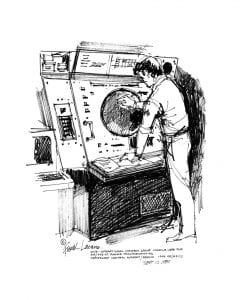
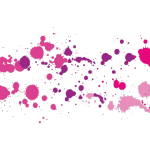
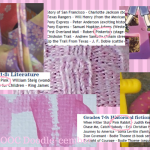
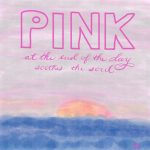

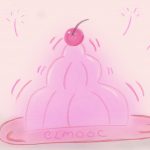 Images, from left to right, created by
Images, from left to right, created by